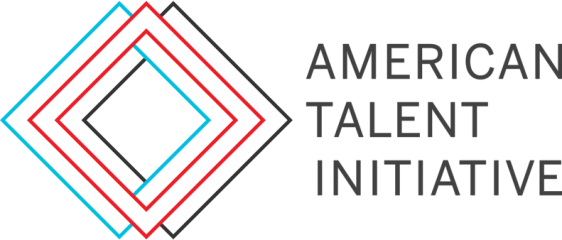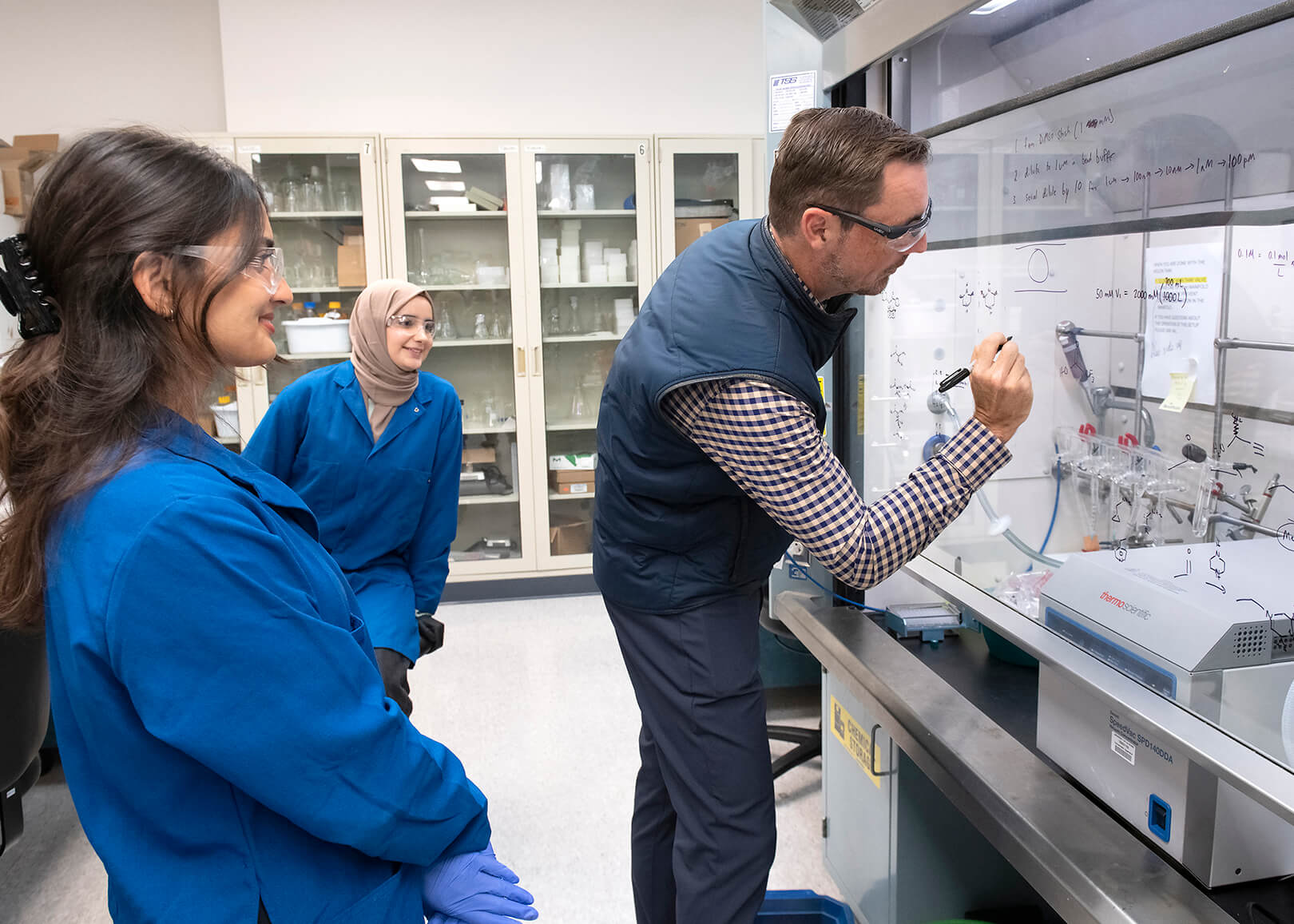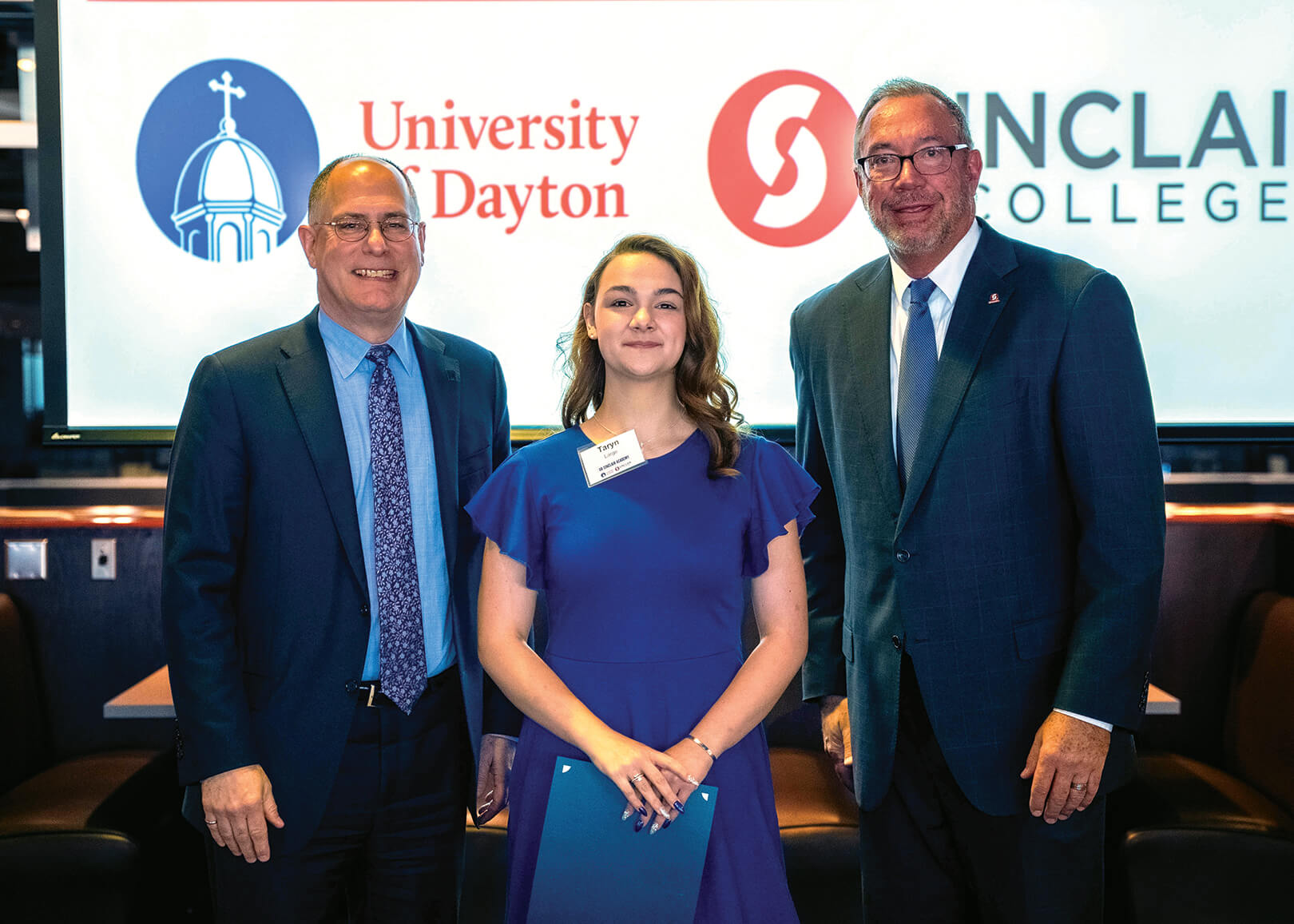Resources
Progress Toward Initiative Goals
Upon its launch, ATI set a goal to attract, enroll, and graduate 50,000 additional students from lower-income backgrounds across high-graduation rate institutions by 2025. ATI measures, and reports, progress toward this goal annually, drawing from member-submitted data and public sources for eligible institutions. The following page includes annual reports, a snapshot of progress over the course of the initiative, and member spotlights.
Academic Equity
Even once they arrive at high-graduation-rate institutions, talented students from lower-income backgrounds too often confront inequities in the curricula they engage with, the classroom experiences they participate in, and the supports they can access. See below for resources that ATI has developed to help dismantle those barriers, advance academic equity, and ensure more students graduate.
Access and Success
The American Talent Initiative aims to ensure talented students from lower-income backgrounds can realize their potential at high-graduation-rate institutions nationwide. In support of this mission, you can click below for briefs, blog posts, and case studies that feature the strategies and practices members have used to ensure those students can access, persist through, and ultimately earn a bachelor’s degree.
Transfer
Each fall, over a million students enter community college, with 80% aiming to earn a bachelor's degree. Just 14% do so within six years, a gap that the American Talent initiative aims to bridge through expanding the community college transfer pipeline to high-graduation-rate institutions. The following set of reports and blog posts surface how members are achieving this goal.
Veterans
Veterans and service members of the U.S. military are significantly underrepresented at the nation's high-graduation rate institutions, even as they receive significant financial support and excel at these colleges and universities. To achieve its goal, the American Talent Initiative spotlights the ways in which its members are enrolling more student veterans and supporting their efforts to earn bachelor's degrees.
Academic Equity: Photo by Steve Zylius/UC Irvine
Access and Success: Photo by University of Illinois Urbana-Champaign/Michelle Hassel





